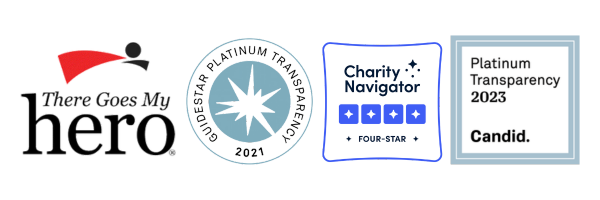Learn a Little – How to Find a Perfect Match
We talk about getting “matches” for leukemia patients, but what exactly is a match?
Every person has a blood type (think A+, O-, etc.), and when we get a blood transfusion, we have to get a type of blood that agrees with our bodies. Finding a match for a bone marrow transplant or blood stem cell transplant is similar, but doesn’t use the same ABO matching system as blood. Instead, it uses the human leukocyte antigen (HLA) system.
HLA is a protein marker found on cells in the body and it lets your immune system know what cells belong in the body and which don’t. If a cell shows up that has a different HLA marker than your cells, your immune system attacks it to keep invaders out.
Each person has 10 HLA markers, half of which you get from your mom and half of which you get from your dad. Because our markers are inherited from our parents, we are more likely to find a match within a similar racial or ethnic background. Although parents are half-matches, doctors usually want a donor to match at least 6, but usually 7, of the markers.

The HLA markers A, B, C, DRB1 and the marker DQ all match.
More matching markers means that a transplant is more likely to be successful. The new, healthy donor cells are more likely to “engraft” – or find their way to the bone marrow and start making more healthy cells – and less likely to attack the patient’s old, sick immune system, which is known as Graft-vs.-Host Disease (GVHD).
The more people we have on the registry, the better matches doctors will be able to make! And hopefully, every patient can find their perfect match. Get on the registry today!
